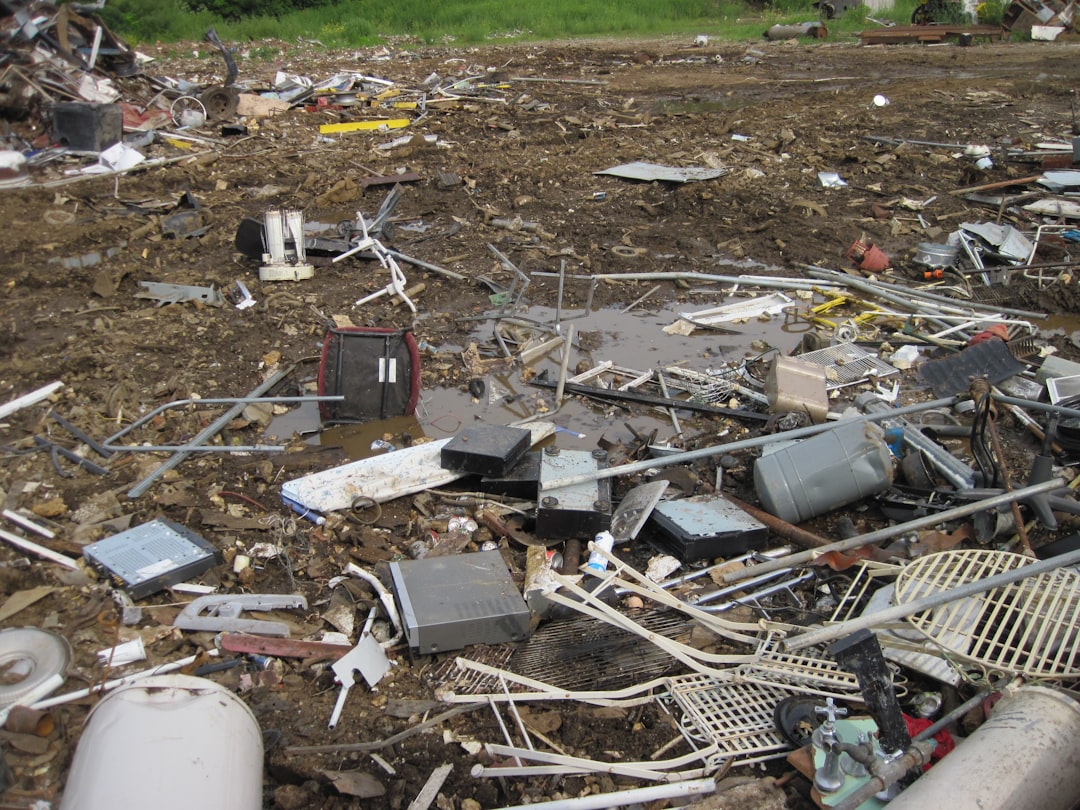What is it about?
A paper about the simultaneous action of hydrogen embrittlement mechanisms in steel and their effects on mechanical properties. Simultaneous action of the hydrogen embrittlement mechanisms, according to a novel HELP + HEDE model, was detected and fully confirmed in low carbon steel.
Featured Image

Photo by Ricardo Gomez Angel on Unsplash
Why is it important?
Simultaneous action of the hydrogen embrittlement mechanism, HELP + HEDE, was detected and fully confirmed in steel.
Perspectives
This paper was published in the special issue of Engineering Failure Analysis on “Recent case studies in Engineering Failure Analysis”, Engineering Failure Analysis, Volume 58, Part 2, December 2015. It has been a tradition for the European Conference on Fracture to select topical papers to be published at three closely related journals, Engineering Fracture Mechanics, Engineering Failure Analysis and International Journal of Fatigue as dedicated special issues after the conference. The European Conference on Fracture belongs to the well-established series of international conferences held under the auspices of European Structural Integrity Society (ESIS). The 20th European Conference on Fracture (ECF20, www.ecf20.no) was successfully held in Trondheim, Norway from the 30th of June to the 4th of July, 2014.
Professor Milos B. Djukic
University of Belgrade, Faculty of Mechanical Engineering
Read the Original
This page is a summary of: Hydrogen damage of steels: A case study and hydrogen embrittlement model, Engineering Failure Analysis, December 2015, Elsevier,
DOI: 10.1016/j.engfailanal.2015.05.017.
You can read the full text:
Resources
Article – Link (Free Download) at ResearchGate
ResearchGate Ptofile - Milos Djukic
Article at Hydrogen Embrittlement & Materials Science Blog by Milos Djukic
Hydrogen Embrittlement & Materials Science Blog - The part of Network of Excellence (NoE) in Hydrogen Embrittlement. Description of model of simultaneous action of hydrogen embrittlement mechanisms (HELP+HEDE) in steel and their effects on mechanical properties
Hydrogen Embrittlement - Understanding and research framework Project at ResearchGate
Proposed research framework in hydrogen embrittlement refers to the challenges and most obvious problems of how to link models, phenomenology and morphology of hydrogen-related failures of industrial components at different scales and how to successful translate the insights gained into outcomes of practical value to the engineering community.
Research Framework in Hydrogen Embrittlement – Serbian Network of Excellence (NoE) in Materials Characterization Team Structure
Recently established Serbian Network of Excellence (NoE) in Materials Characterization aims to strengthen scientific and technological excellence by developing an integrated and interdisciplinary scientific understanding of hzdrogen embrittlement.
The Network of Excellence (NoE) in Hydrogen Embrittlement
The Network of Excellence in Hydrogen Embrittlement is structured so that it consists of the following branches: 1. Hydrogen Embrittlement Group on LinkedIn 2. Hydrogen Embrittlement – Understanding and research framework Project on ResearchGate 3. Hydrogen Embrittlement Group on Mendeley 4. Hydrogen Embrittlement and Materials Science Blog 5. Damage and Fracture Mechanism Group on LinkedIn
In the top 5% of all research outputs scored by Altmetric (Altmetric score: 47)
This research output has an Altmetric Attention Score of 47. Altmetric has tracked 8,391,047 research outputs across all sources so far. Compared to these this one has done particularly well and is in the 97th percentile: it's in the top 5% of all research outputs ever tracked by Altmetric.
Contributors
The following have contributed to this page










